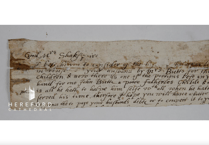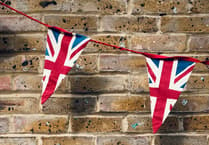The Linton & District History Society is setting the record straight about a common mix-up involving the name "Linton," which is shared by 13 places in the UK. A recent query about the Battle of Assandun and its connection to St. Mary's, Linton led the society to clarify that the battle likely occurred near a different Linton altogether.
The society recently fielded a question regarding whether St. Mary's, Linton was the church built as a thanksgiving by the victor of the Battle of Assandun. The available details about this battle, which unfolded on October 18, 1016, suggest it took place in the east of England. "The, as yet uncertain, site of the battle may well have been near Linton, but the Linton on the Cambridgeshire/Essex border," stated Jonquil Dodd, the Secretary of the Linton & District History Society.
The battle marked a turning point in the Danish takeover of England. After the death of Ethelred "the Unready," his son, Edmund Ironside, was accepted as king by a portion of the country. Others supported Cnut, the ruler of the Danish-controlled area known as the Danelaw. Both Edmund and Cnut assembled armies, leading to the decisive Battle of Assandun. The Danes emerged victorious, and Edmund was compelled to accept a peace treaty that left him in control of Wessex while Cnut took over the rest of England. Edmund passed away just six weeks later, and Cnut ruled all of England until his death in 1035.
For those interested in local history, the Linton & District History Society will meet again on November 1 to hear about the builder of Chatsworth. "We look forward to continuing to delve into intriguing historical topics in our upcoming meetings," added Jonquil Dodd.





Comments
This article has no comments yet. Be the first to leave a comment.